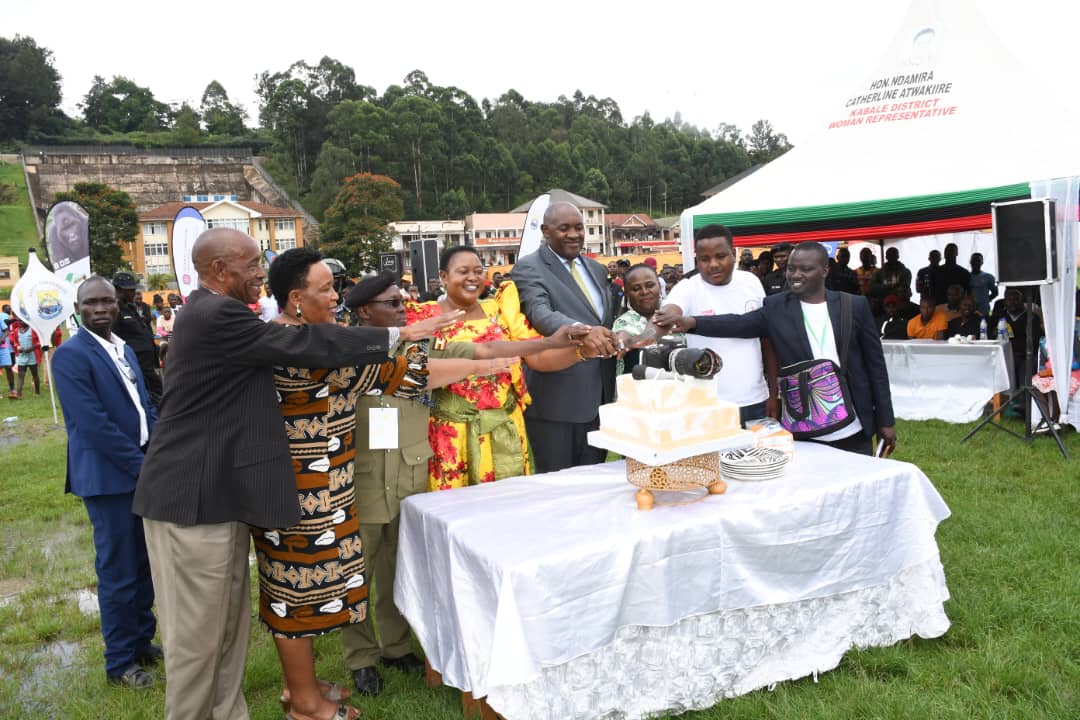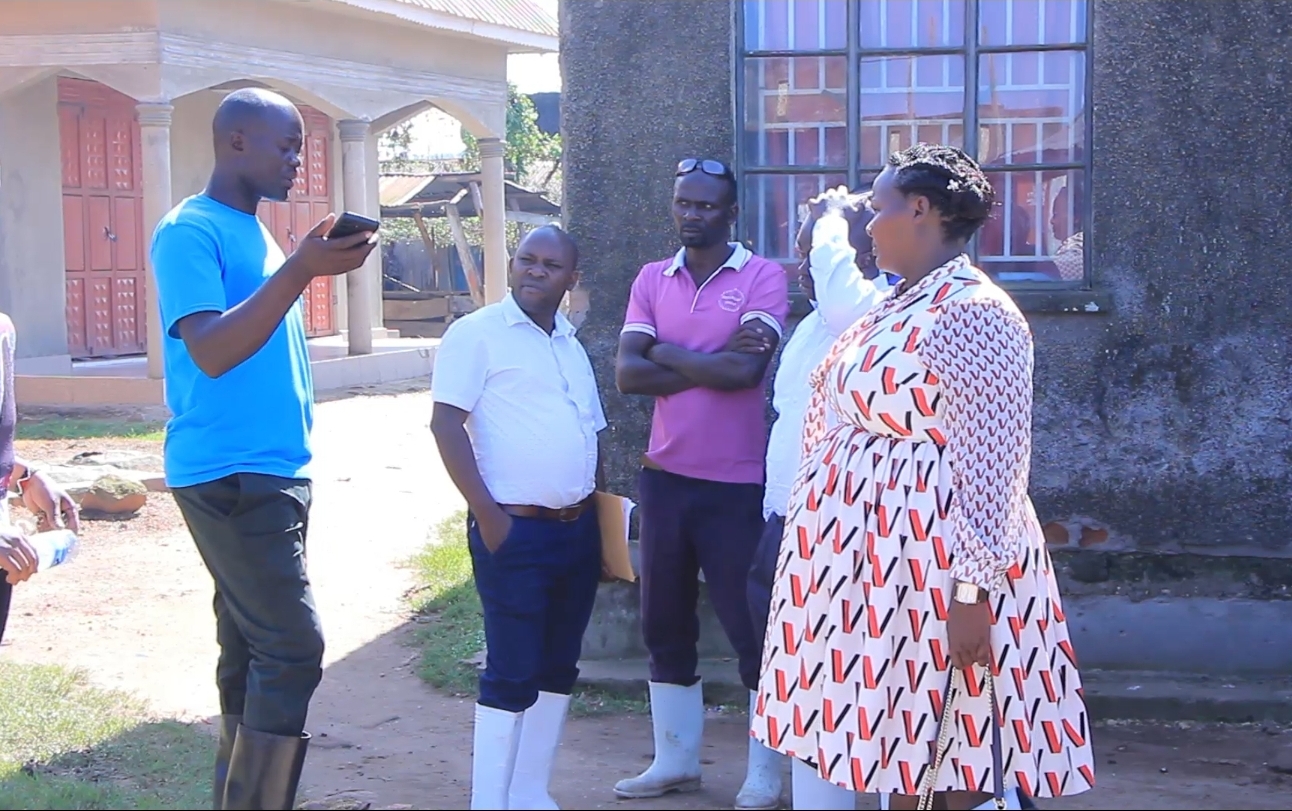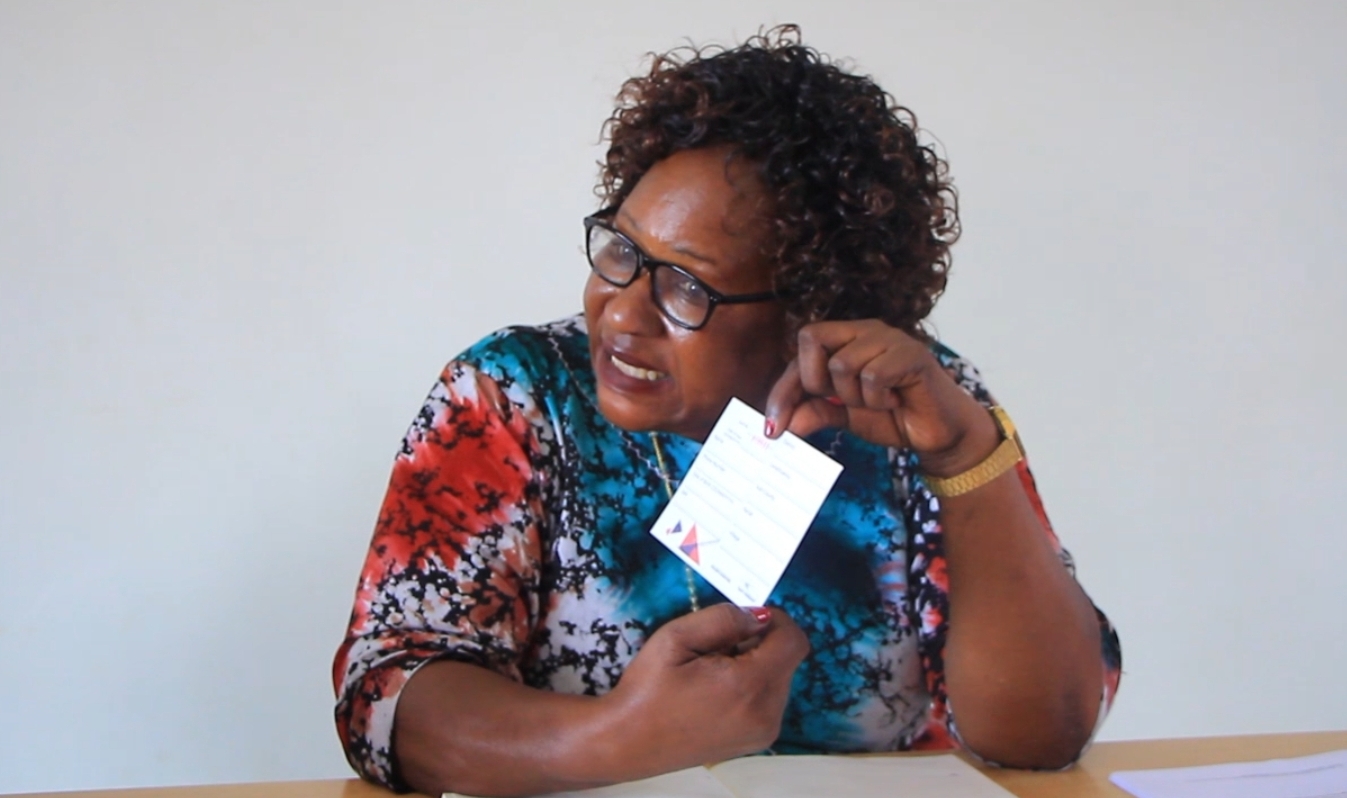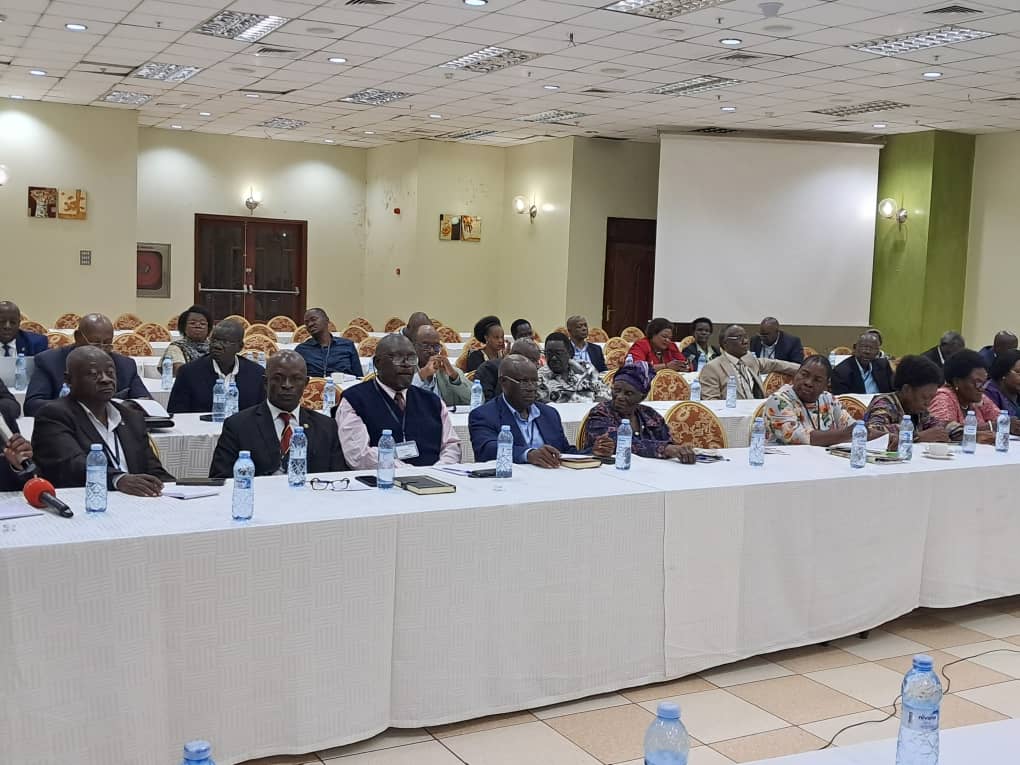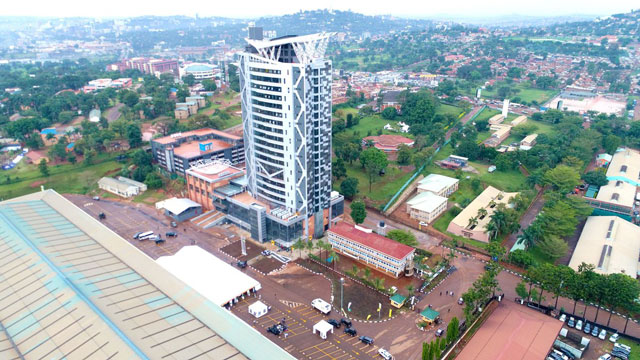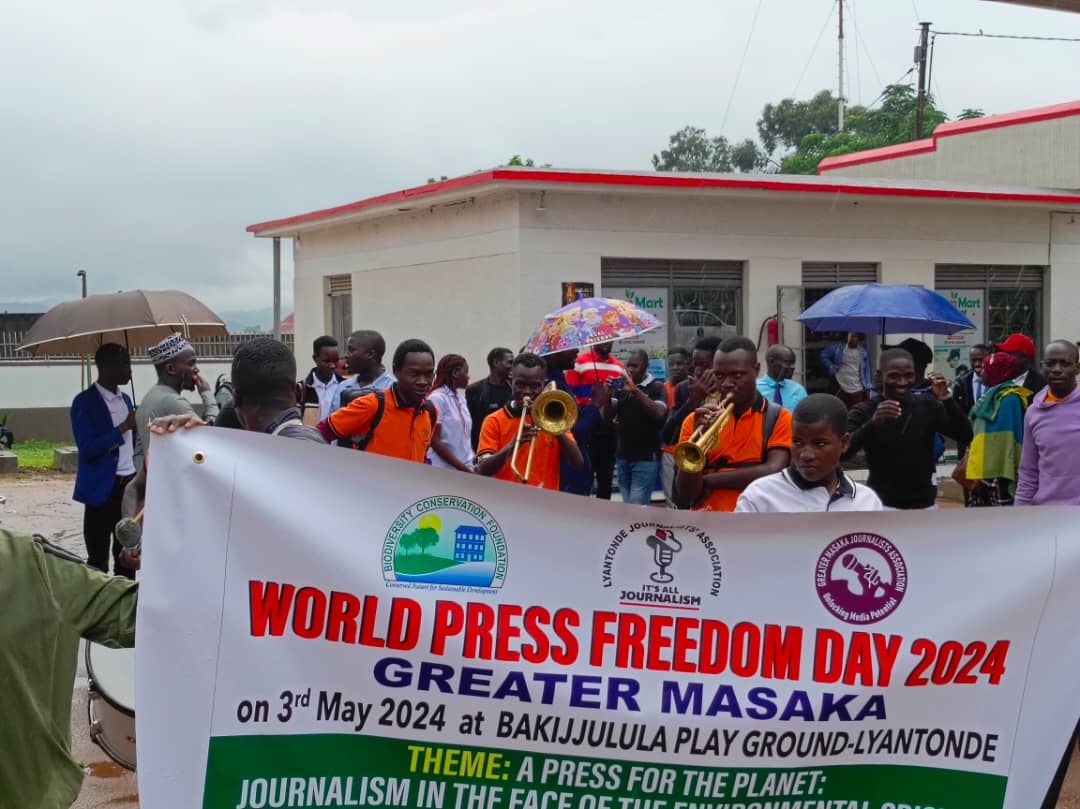Develop precise development strategy for more tax revenue

By Agaba Muzoora
The current impasse between the two tax collecting agents of the government –the traders and the URA, is a result of a structural problem to explain.
On the surface of it, the current major issue of contention is about the use of technology in assessing and generally accounting for value added tax or VAT “collected” for and payable to URA by the manufacturers and traders, in particular.
URA argues that primarily, the new technology-based tax assessment system comes with efficiency in assessing tax ought to be collected and transmitted by traders, at different levels of the distribution chain, to the URA.
Issues have also been raised about URA using manual methods to enforce compliance with a technology-based system, whereas, you would imagine that the technology itself would be embedded with capabilities of enforcing compliance automatically. Nonetheless, it is what it is!
The bigger question though, is that, of the traders and URA, who needs efficiency in assessing and accounting for taxes, in general? URA is always quick to emphasize that the traders do.
If that is the case, why force it upon them, then? It is certainly URA that needs efficiency in tax collection and they are banking on this technology (EFRIS) to eliminate any leaks of the collectable tax.
This need is, of course backed by an agenda –the agenda to squeeze as much tax as is legally permissible from a Ugandan tax payer so as to meet the revenue requirements of the government.
URA argues that her taxes, especially, VAT, are all passable to the final consumer and therefore traders are only required to transmit what they collect from the consumers.
In this argument, however, there is gross intellectual dishonesty on the part of URA. URA economists know that a number of dynamics are at play to determine how much of a tax that may be passed on to the consumers by traders.
Traders, since they are practical in what they are doing, know exactly what they go through –that for example when people are generally broke, high prices for non-essential goods equals to poor demand.
Therefore, traders can only pass on so much of the tax to consumers in form of price increment and they pay the rest of the tax themselves.
With high competition for few customers, traders are bound to pay the highest position of the tax compared to consumers and they know this.
As a result, traders understand that both use of water tight methods of tax collection and payment of many (different) taxes affect their margins/income adversely, that’s why they are pushing back on URA to exercise understanding of the local environment while they exercise their mandate of assessing and collecting different forms of taxes for national revenue.
This above friction, however, is but symptom of a larger underlying problem – the piling of a relatively huge tax burden on a small portion of poor but formal citizens so as to raise the set revenue targets by URA.
This situation is, in turn, a result of the narrow tax base with low taxable capacity that characterizes Uganda’s economy.
Therefore, the solution doesn’t lie in increasing tax burden on a few poor people but rather on two things: increasing the tax base (more people or entities that can pay tax) and increase people’s taxable capacity (the higher the people’s income, the higher their taxable capacity).
In terms of tax base, URA estimates that Uganda’s tax to GDP ratio is around a paltry 13 percent even bellow the sub-Saharan average of 15%, according to OECD.
This has been attributed to a very large informal sector (with about 72 per cent of businesses and 78 percent of the labor force generating about 51 per cent of GDP, according to Economic Policy Research Center) – which cannot be taxed directly but also with too little income to pay significant tax in indirect taxes.
This poor, large informal sector, leaves the burden of paying tax to about 1 million Ugandans, according to URAs own statistics. This picture tells you why URA is very adamantly keen on squeezing as much tax as possible from the few accessible tax payers.
By the way, even the income of the one million formally accessible tax payers is equally too low to generate meaningful tax revenue, which explains the amount of revenue collected vis-à-vis the country’s population size.
On the other hand, a heavy tax burden on these few tax payers will most likely kick out many in this category, thereby dwindling the number of tax payers and by extension collectable tax, even further.
Therefore, URA’s attempt to “improve efficiency” may be a necessary measure but it is not a sufficient one, nor will it lead to sustainable growth in tax revenue.
Therefore, to sustainably and smoothly increase our tax revenue, we need to focus on two things: One, bringing more people into the formal economy, not by mere registration onto online platforms, rather by facilitating them to be elevated into the formal category economically.
The more people that will join the formal sector, the wider our tax base will grow and the wider the tax burden will be distributed. Two; facilitating growth in income amongst all categories of tax payers.
This will in turn lead to growth in aggregate taxable income to the benefit of tax collectors and by extension, national treasury yet against less stress to the tax payers.
To achieve these two feats mentioned above, we must to do things “unusual”. We must develop and implement an economic development strategy and focusing on it over the next few years to accelerate economic growth.
Over the past 30 years, we have been gambling as a nation. Those who have been around enough remember the Entandikwa scheme, the Plan for Modernization of Agriculture (PMA); The Poverty Eradication Action Plan (PEAP); NAADS I and II; ATAAS, Prosperity for All; and now of late, the much hyped Parish Development Model (PDM).
None of these was ever an effective economic growth strategy as they never delivered any growth or development to show of. They seem to have been simply populist models, most likely marketed for political gains on the part of the sponsors of these programs.
It is no wonder, agriculture was never modernized; poverty was never eradicated; none of us prospered (certainly save for some of those who were running the program); I wish I could say, that the PDM will deliver a miracle but I am constrained by lessons from history.
In the next article I will opine on the strategy options Uganda might consider to accelerate her economic growth and transformation in a few years’ time, but till we develop and implement one, the cow called Uganda will continue to face the wrath of the herdsman who seems to understand more about milking of the cow and less about feeding it.
__________________________________________________
The writer is a citizen of Uganda and development activist
agamuzoora@gmail.com


